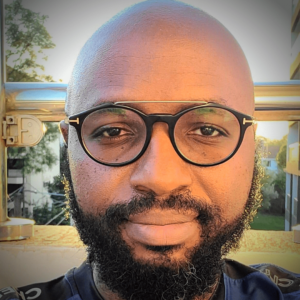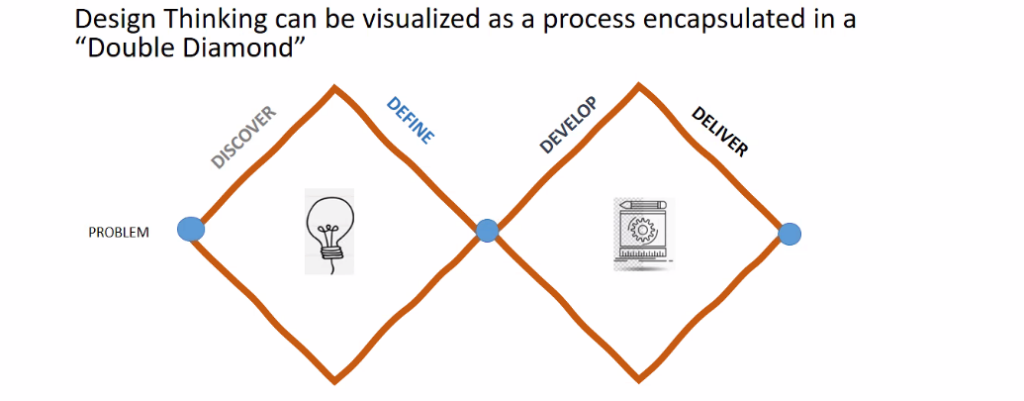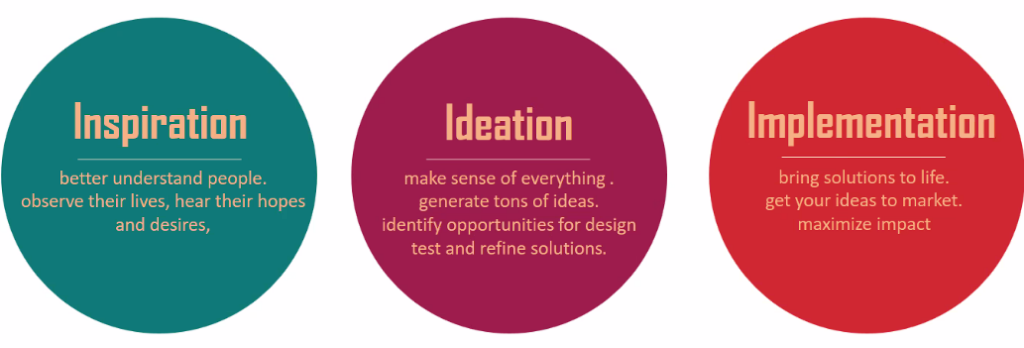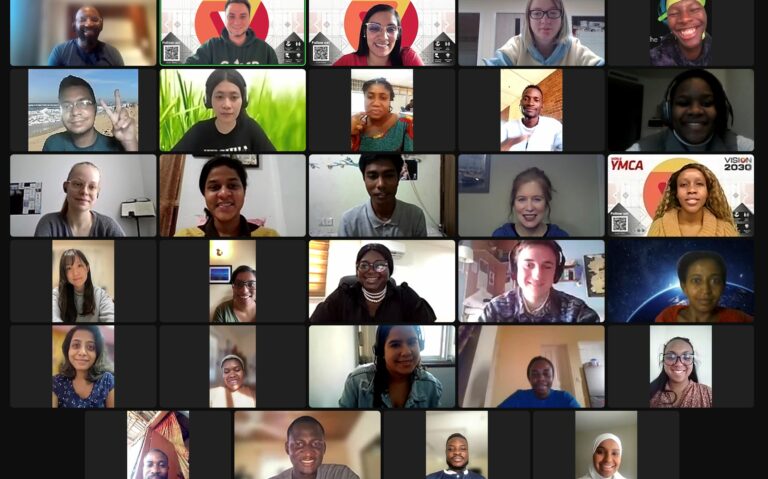On 19 February 2024, the fifth cohort of the YMCA Change Agents took a deep dive into design.

Not graphic design using Adobe Illustrator or InDesign, said Lloyd Wamai, session leader and Programme Innovation and Management Executive for the Africa Alliance of YMCAs. It’s about designing interventions.
Lloyd guided the Change Agents, who logged on to the virtual meeting from around the world and across time zones, through definitions and models. They were not alone in their learning journey; FIBA Foundation Youth Leaders joined the session.
This initial meeting kicked off a module dedicated to unpacking the nuances of design thinking and human-centred design. The curriculum runs through April and promises weekly discussions, allowing the Change Agents to share their insights, experiences, and questions. Also contributing to the module is Osborne Wanyama, Business Development Executive at the Africa Alliance YMCA.
“The goal is for all of us to have hands-on tools, models and concepts to practically and creatively solve problems”, said Lloyd, who has been working with design thinking for more than four years.
What is human-centred design?
While some attendees said they had experience with human-centred design, others indicated it was a new concept.
Essentially, said Lloyd, it’s a problem-solving technique that places real human beings at the centre, enabling them to be at the core of identifying problems, developing ideas and implementing solutions.
“When I first heard of this, I thought, ‘This is so obvious’, Lloyd said. “But many times where we struggle as institutions is that we put the institution at the core of the problem. We engage the institution to solve the problem on behalf of the community. And then we come up with solutions that aren’t well-tested. I have seen this happen often, particularly in the tech world”.
Empathy versus sympathy
Highlighting a common oversight in institutional problem-solving, Lloyd shared insights into the importance of empathy in understanding and addressing community needs. He contrasted empathy’s active, inclusive approach to problem-solving with sympathy’s more passive, distant stance, using a compelling story of a well to illustrate the difference and its impact.
A wealthy benefactor had come to a community with the best of intentions, Lloyd shared. Women had to walk far from their homes to fetch water, which took the better part of a day. In response, the benefactor built a well right next to the village.
“They solved the problem, right? Wrong”, Lloyd explained. The well was repeatedly destroyed – by the women, the benefactor learned. Building the well took away the women’s time for conversation and interaction – it was a solution they hadn’t wanted.
“The person who did this project came in and felt sympathy for the women”, he said, but not empathy.
Design-thinking models
Lloyd explained that human-centred design and design thinking are similar and often used interchangeably, though there are nuanced differences. He referenced IDEO.com’s approach, which balances feasibility, viability, and desirability against people’s needs in problem-solving. He emphasised understanding these aspects:
- Feasibility: Is it possible?
- Viability: Is it sustainable?
- Desirability: Do people want it?
Two models can help visualise design thinking.

The “double diamond” model (above) focuses on problem identification, defining the issue, developing solutions with users, and delivering practical outcomes. Another method (below) involves inspiration, ideation, and implementation, guiding attendees through a comprehensive exploration of design thinking.

As the 90-minute discussion concluded, Change Agents felt inspired and overwhelmed yet eager to dive deeper into the methodologies introduced. This session began a journey into understanding and applying human-centred design in real-world contexts.


